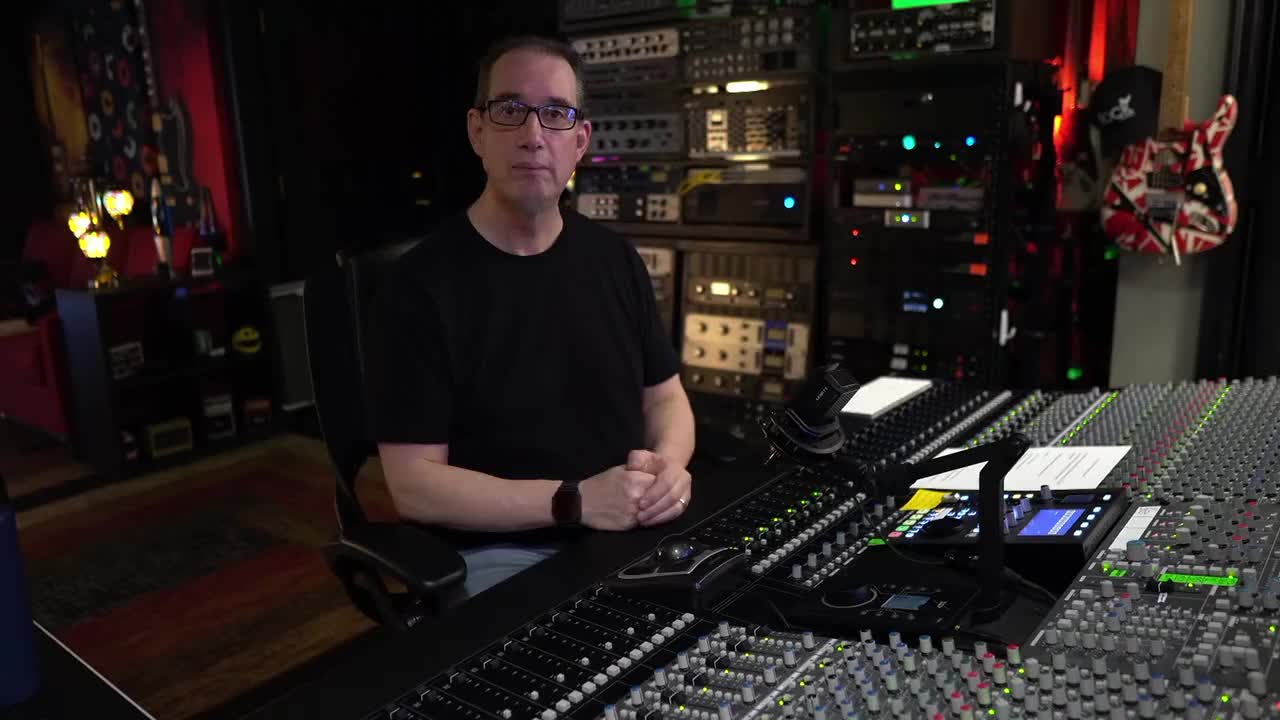A Deep Dive into My 4-Year Experience with the SSL Origin Console

Hey everyone, welcome back to the blog! Today I'm diving into something I've been meaning to do for a while — an updated review of my SSL Origin console. It's been almost four years since I purchased this console, and if you’ve been following the journey, you might recall I initially shared my thoughts after six months and then two years of use.
Several of you have reached out, eager for an update, especially after noticing that previous reviews were getting a bit dated. Well, your patience is being rewarded today. Throughout this post, I'll cover what I love, what I find challenging, and address common questions about my experience with the SSL Origin over the past four years.
Getting Started: The Purchase and Initial Setup
When and Where It All Began
I bought this SSL Origin in June 2021, with the delivery happening on July 7, 2021. If you're curious about the unboxing and installation process, there's a detailed series of videos available on my channel where I document every step of the way.
Price Overview:
-
Purchase Price: $49,500 from Sweetwater
-
Current Price: Approximately $55,000 - $59,000
Financing the Console: My Approach
Many often wonder about the financing behind such a grand purchase. I worked with a third-party lender through Sweetwater, which partnered with companies specialized in pro audio equipment. The plan was straightforward—set up akin to a car or mortgage payment over five years. As of now, I have 12 more payments to go with an initial interest rate just under 3%. While the interest rates have rocketed today, I'm inclined to say that if given a choice again, I'd pay for it in cash to avoid the extra expenditure.
Why Finance? Initially, the idea was to build a solid credit record for future business loans. But in hindsight, sparing myself the extra financial outlay seems more appealing now that I could have handled the payment upfront.
My Experience with the SSL Origin Console
Why I Made the Purchase
My decision wasn’t just a sound quality pursuit. Raised in studios, I craved the tactile experience of working with a console, reminiscing about my days with an old Sony console back in the early '90s. To me, it’s not exclusively about outshining digital interfaces in sound. Instead, it’s the workflow—the tactile interaction with hardware—that lured me.
The Joy of a Tactile Workflow
Even after four years, I can safely say the tactile interaction has transformed my mixing sessions into inspiring, fun experiences. The Origin console stands as a reliable cornerstone in my studio. There hasn't been a day of regret in this analog endeavor.
"The more I work with it, the more I love working in this format. And I have absolutely no regrets whatsoever purchasing this console."
The Reliability of the SSL Origin
Maintenance and Reliability: Here’s the buzz—four years in, and the console remains a sturdy companion, with no maintenance issues to report. While I faced what seemed to be a button malfunction initially, further investigation revealed it wasn't a console problem, but related to my automation system.
Working Conditions: In a private studio setting, the console does face significant usage. Not at a relentless pace like a commercial studio, perhaps, but definitely more than just Sunday afternoons. Despite that, it's remained maintenance-free.
Consoles of Today vs. Yesterday
With a modern build, the Origin sets itself apart from older, more maintenance-demanding models like the vintage E and G series. Designed with fewer moving parts and a modular structure, it's built to last.
Expert Insights: Chats with SSL suggested this console achieves a lifespan notable for its minimal maintenance needs, perfect for 20 to 25 years of operation with hardly any fuss.
Frequently Asked Questions and Misconceptions
Addressing Common Concerns
1. Power Consumption: Unlike its predecessors, this console doesn't guzzle power. Though there's a slight increase tied to studio enhancements, the running cost parallels a standard desktop computer rather than breaking the bank.
2. Recall Management: No flying faders here, but don’t fret. Recall is a straightforward process, mainly involving a few photographs and, where possible, my Flock Audio Patchbay simplifies the setup.
3. Handling Automation: Here, West Audio NG Levelers aid in post-processing automation. Though not as fancy as built-in flying faders, it's a suitable alternative for anyone without built-in automation.
Quality Concerns: Made in China?
Encountering skepticism due to parts being made in China, I can only stress, from personal experience, that quality remains top-notch. It's clear — SSL chooses this route to keep costs reasonable without sacrificing quality.
The Audio Comparison: Is Analog Better?
A hot debate endlessly circles the analog-vs-digital topic, with enthusiasts espousing merits to both sides. Here’s my take — the sound and experience vastly differ from plugins.
Does It Sound Better? That’s subjective. It’s not about what’s better but about what delivers the sound you’re looking for.
Special Experience: I've even developed a course illustrating this difference. Mixing Made Easy Volume Three: Analog vs. Digital compares identical tracks mixed through both setups. Check it out here.
Conclusion
Wrapping up, I wholeheartedly recommend the SSL Origin console to anyone considering plunging into analog. At its price, the features, preamps, EQ capabilities, and easy routing showcase a splendid package that’s hard to rival.
Whether you opt for a 32-channel version or the newer 16-channel option, I believe that you're in for an exceptional experience. Don't miss the extensive video series on my channel that chronicles our journey with the console, from unboxing to setup and beyond.
Hope you enjoyed the deep dive! If the console intrigues you or you want more insights, drop your questions below. Thanks for sticking around, and until next time—keep mixing!
For a supportive and helpful discussion on this topic or further queries, feel free to check out my resources linked in the description, and don’t forget to subscribe to the blog for more reviews and musings on music mixing and mastering!



